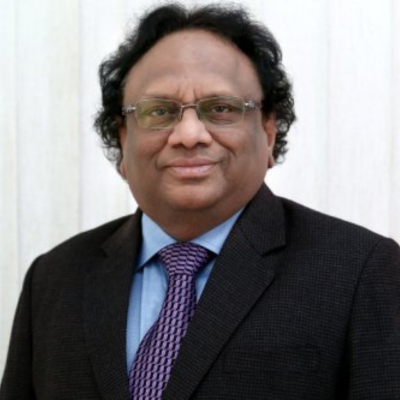Nanavati Max Hospital Introduces EDGE HyperArc: A Revolutionary Step in Cancer Treatment
 06 September,2024
Read More
06 September,2024
Read More
Enquire now in case of any assistance needed
Endoscopic Gastrostomy Treatment Cost in New Delhi is between USD 360 to USD 601
Hospital Days:
Procedure Duration:
Endoscopic gastrostomy is a minimally invasive procedure that provides a means for delivering nutrition, medications, and fluids directly into the stomach. It is often employed when individuals have difficulty swallowing, have a high risk of aspiration (inhalation of food or liquid into the lungs), or are unable to consume adequate nutrition orally due to various medical conditions.
The endoscopic gastrostomy procedure involves several key steps:
Endoscopic gastrostomy is indicated for individuals with various medical conditions that prevent them from obtaining adequate nutrition orally. Common reasons for undergoing this procedure include:
Endoscopic gastrostomy offers several important benefits:
While endoscopic gastrostomy is generally considered safe and well-tolerated, it is not without potential complications. Some of these complications may include:
Endoscopic gastrostomy, or percutaneous endoscopic gastrostomy (PEG), is a valuable medical procedure that provides long-term enteral nutrition support for individuals who have difficulty swallowing or cannot consume adequate nutrition orally due to various medical conditions. This minimally invasive procedure allows patients to receive essential nutrition and hydration while maintaining their quality of life. It offers numerous benefits, including improved nutritional status, prevention of aspiration, and enhanced overall well-being. While there are potential complications associated with gastrostomy tubes, careful management and monitoring can mitigate these risks, making endoscopic gastrostomy a vital tool in healthcare for those in need of enteral nutrition support.
Senior Consultant
Pediatric Gastroenterologist
Indraprastha Apollo Hospital, New Delhi
View Doctor Profile Book an AppointmentSenior Consultant
Surgical Gastroenterologist
Indraprastha Apollo Hospital, New Delhi
View Doctor Profile Book an AppointmentConsultant
Medical Gastroenterologist
Indraprastha Apollo Hospital, New Delhi
View Doctor Profile Book an AppointmentConsultant
Medical Gastroenterologist
Indraprastha Apollo Hospital, New Delhi
View Doctor Profile Book an AppointmentSenior Consultant
Medical Gastroenterologist
Indraprastha Apollo Hospital, New Delhi
View Doctor Profile Book an AppointmentSenior Consultant
Medical Gastroenterologist
Indraprastha Apollo Hospital, New Delhi
View Doctor Profile Book an AppointmentThe Art of Effective Communication
 06 September,2024
Read More
06 September,2024
Read More
 02 September,2024
Read More
02 September,2024
Read More
 30 August,2024
Read More
30 August,2024
Read More
 28 August,2024
Read More
28 August,2024
Read More
 27 August,2024
Read More
27 August,2024
Read More
 21 August,2024
Read More
21 August,2024
Read More





